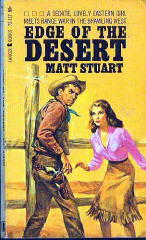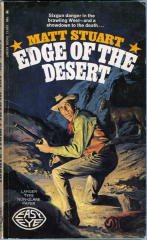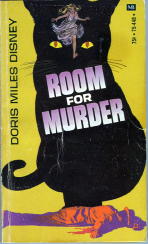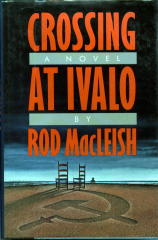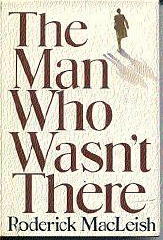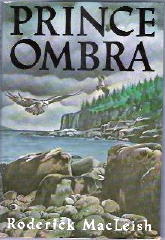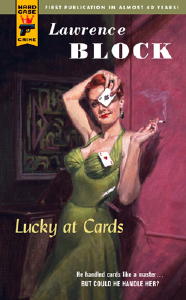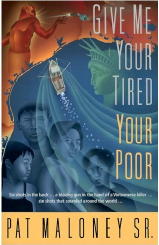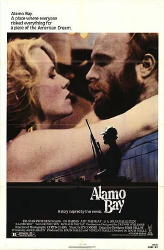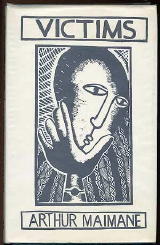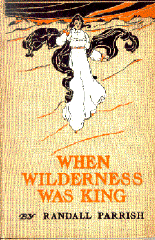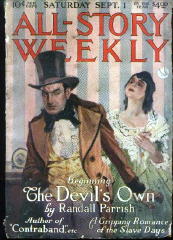A. WHATOFF ALLEN – Exit an Admiral
Sampson Low; hardcover. No date stated, but given as 1938 in Crime Fiction IV, by Allen J. Hubin.
And the above seems to be the sum total knowledge of Mr. Allen and his single work of detective fiction, unless you include an Internet obituary of one David Whatoff Allen, BA, 22 May 1997; commoner 1936-39. Aged 79. Perhaps a relative? [See also the FOLLOWUP below.]
In terms of other general information about the family, in this country (US) there was (presumably) a family of Whatoffs in Oklahoma, five members of which died between 1987 and 1993. [From Social Security records.] In the UK there is a Whatoff Lodge Farm in (I belive) Leicestershire where camping sites are available.

Using Google, even though it’s an uncommon name, there are other references to Whatoff to be found, so perhaps if one wanted, the author could be traced, given a little more persistence, ingenuity and luck.
And you may need the same (persistence, ingenuity and luck) if you were to try to find a copy of this book. I obtained mine on eBay, a winning bid taken purely as a shot in the dark, as I had no idea what kind of crime fiction the book might turn out to be. There are no copies available on the Internet, for example, at the present time. (Right now my book searching website of choice is addall.com. The results on bookfinder.com are organized better, but since ABE took them over, they seem to miss a lot of books that addall finds.)
But I digress. As a detective novel, Exit an Admiral leaves a certain amount to be desired, but it is also crammed full of clues, derring-do, more clues (a house full of them), mistaken identities, false trails, even more evidence and other clues, and I tell you up front, this was an extreme pleasure to read. (Not to mention the sinister satisfaction that one sometimes feels when one knows one is reading a book that no one else has in over 50 years perhaps — or am I deluding myself with this? — nor perhaps no one else will in another 50 years.)
I do tell you this. If you do see a copy for sale anywhere, make sure you grab it up immediately. If I can’t persuade you to read it, and I am about to do my best, you can consider this: that I will have persuaded someone else that they desperately want to read it, and they will pay almost anything for the opportunity.
In Chapter I we meet Ivor Duke, young barrister and a well-known amateur sleuth of the type that England was filled with in 1938. His assistant (major domo), a former boxer named Pug Jordan, is with him in a car, and the story of how they met is told.
In Chapter II Duke stops along the highway, rather deserted, to come to the aid of young woman standing next to a car with a decidedly flat tyre. She resists his assistance, he allows her to resist, but persists long enough to see a man in the back seat who looks decidedly dead. She holds a revolver on him, and that is when the lights go out, as someone has snuck up on him from behind. (Pug remains asleep in Duke’s car throughout the incident.)
Next day. In Chapter III Duke is visited by Inspector Jenner at home and is told about the mysterious murder of a retired admiral in his home, the same night and in the (totally coincidentally) same area as Duke’s own strange encounter. Not the same dead man, however, much to Duke’s surprise.
But two bodies in the same evening and in the same vicinity? Are the cases connected? Apparently not, but we (the reader) know better, and in spite of some doubts along the way, so does Duke.
Here’s a quote from the beginning of Chapter III, however, describing Duke on the morning after, and before the visit from Inspector Jenner:
Thinking things over as calmly as possible while tenderly fingering the back of his head, Ivor Duke, lolling back on his pillows, with a newspaper propped against his knees and a cigarette between his lips, came to the conclusion that the implement which had laid him out a few hours ago had been a spanner. Various implements had at various times in the course of his career struck him on roughly the same spot, and he was qualified by experience to state quite definitively that it had not been a length of iron piping or a sandbag. The fact that he had not been led by his physical sensations at the moment of the impact to jump to the obvious conclusion that he had been struck by a ten-ton steel girder was, he felt, a remarkable tribute to the calm, unbiased working of a balanced legal mind. A mind much less free from prejudice might have ignored the strong evidence in support of the spanner theory supplied by the presence of a motor car on the scene, and overlooked the improbability of ten-ton steel girders lying about a deserted country road at two o’clock in the morning.
Here’s where you and I may go our separate ways, if I were to tell you that this is my kind of writing and it happens not to be yours. And at least in the early going, the author is making it abundantly clear what sort of approach he plans to take with the story.
What the paragraph above also makes clear is that this is not Duke’s first brush with strange events occurring at two o’clock in the morning, which is reinforced with some suitably appropriate banter soon thereafter with Jenner about how, when Scotland Yard is baffled, they come along to see Ivor Duke.
Now this was in 1938, and in 1938, whether true in real life or not, amateur assistants to Scotland Yard in detective fiction were allowed to examine the premises where the dead man’s body was found, picking up clues and other evidence, sometimes revealing what they find to the reader, and sometimes not, carelessly forgetting to do so until such time when a careful exposition is more likely to impress the reader with their various reasonings and conclusions.
One can easily forgive Mr. Allen for merely going along with the trend. Here’s a quote from page 101 which will describe what Ivor Duke soon finds himself up to his waist in, immediately after interviewing an elderly gent named Huggett, whose horse and buggy were nearly run off the road on the same night as the murder, but by another car altogether:
“The trouble with this case, Jenner,” said Duke, “seems to be that we’ve got too many of everything — too many potential murderers, too many shots, too many cars. And if the bloke I saw in the car was dead, there’s a regular glut of corpses. Huggett, I’m afraid, has only made things more difficult for us.”
There is also a host of strange and mysterious coincidences that are, I confess, exceeding frustrating, coincidences being the primary means of support for many a weaker detective fiction writer, but do not despair, all is explained, as well as the even stranger behavior of the dead man’s daughter on page 112.
While this is a thoroughly solid detective story, once one gets over some of the shakier parts, it ends in a sudden burst of activity found in only the best thrillers of the day, followed by the revelations suggested above in which all is marvelously and beautifully explained.
One is also left with the hope of another detective thriller from the pen or typewriter of A. Whatoff Allen, but for whatever reason, alas, such a one was not to be.
FOLLOWUP. I did hear from one fellow twice by email in one evening who told me he was a relative of the author and passed along some interesting pieces of information about him. I’ve not heard back from this fellow, though, and posting this review of Exit an Admiral here on the blog is serving as a reminder to me that perhaps I should try getting in touch again. More, when I learn more, as always.
